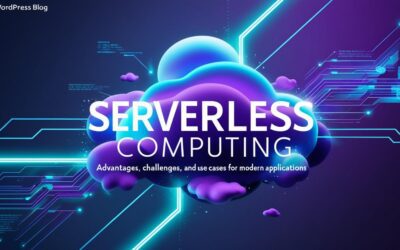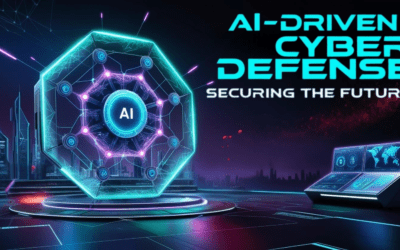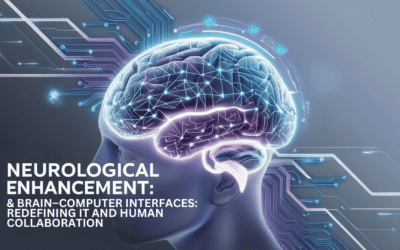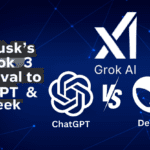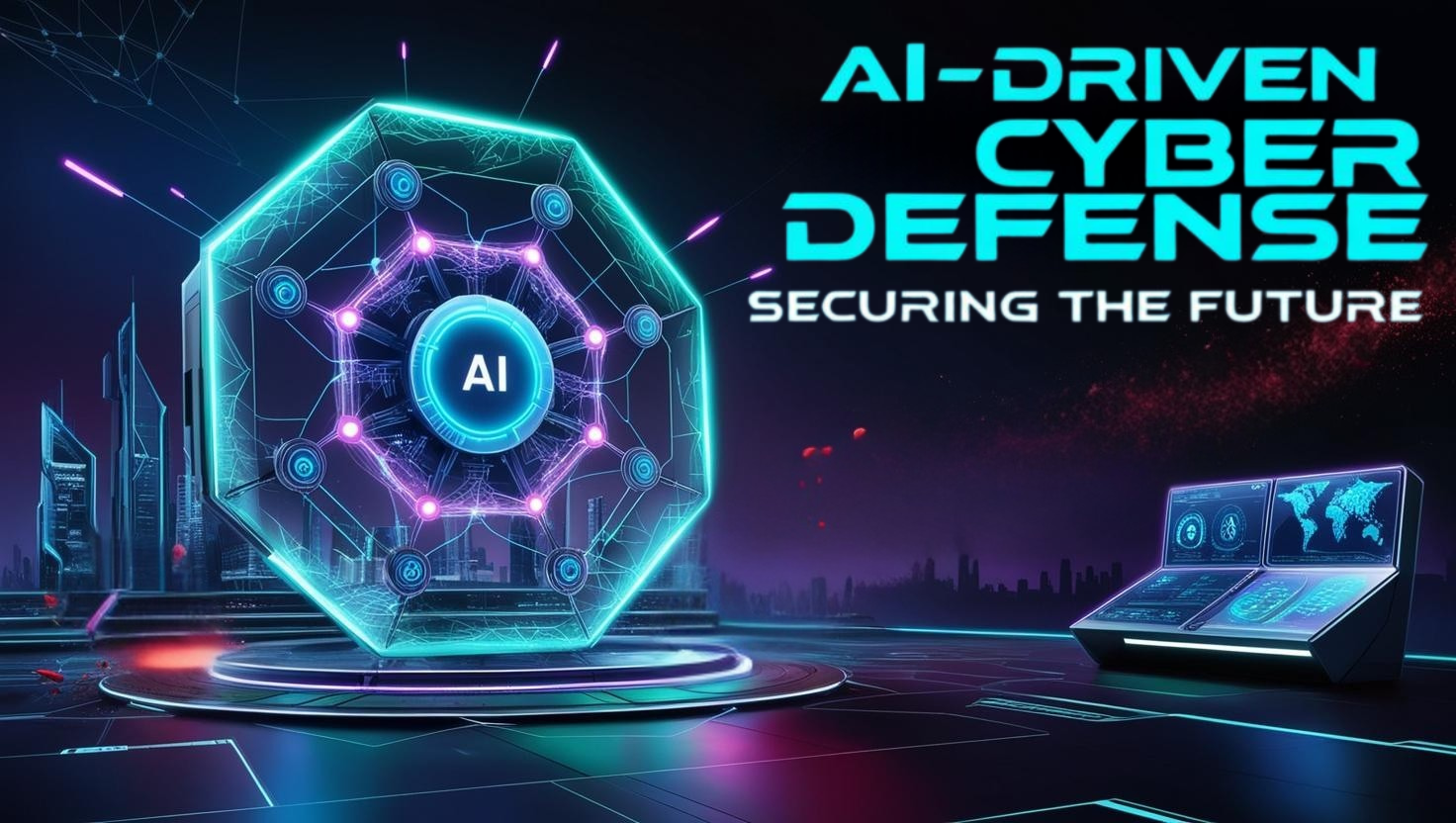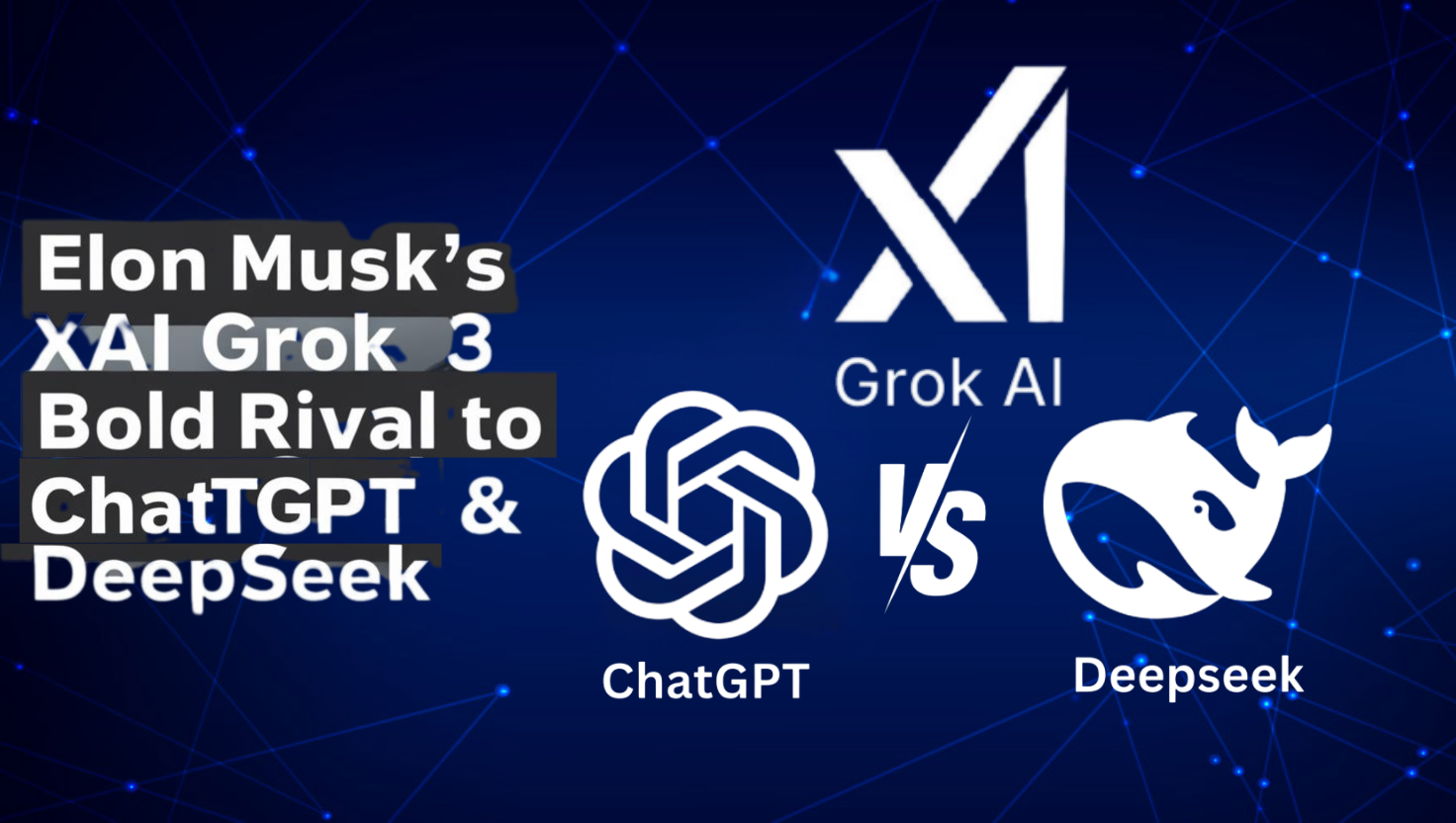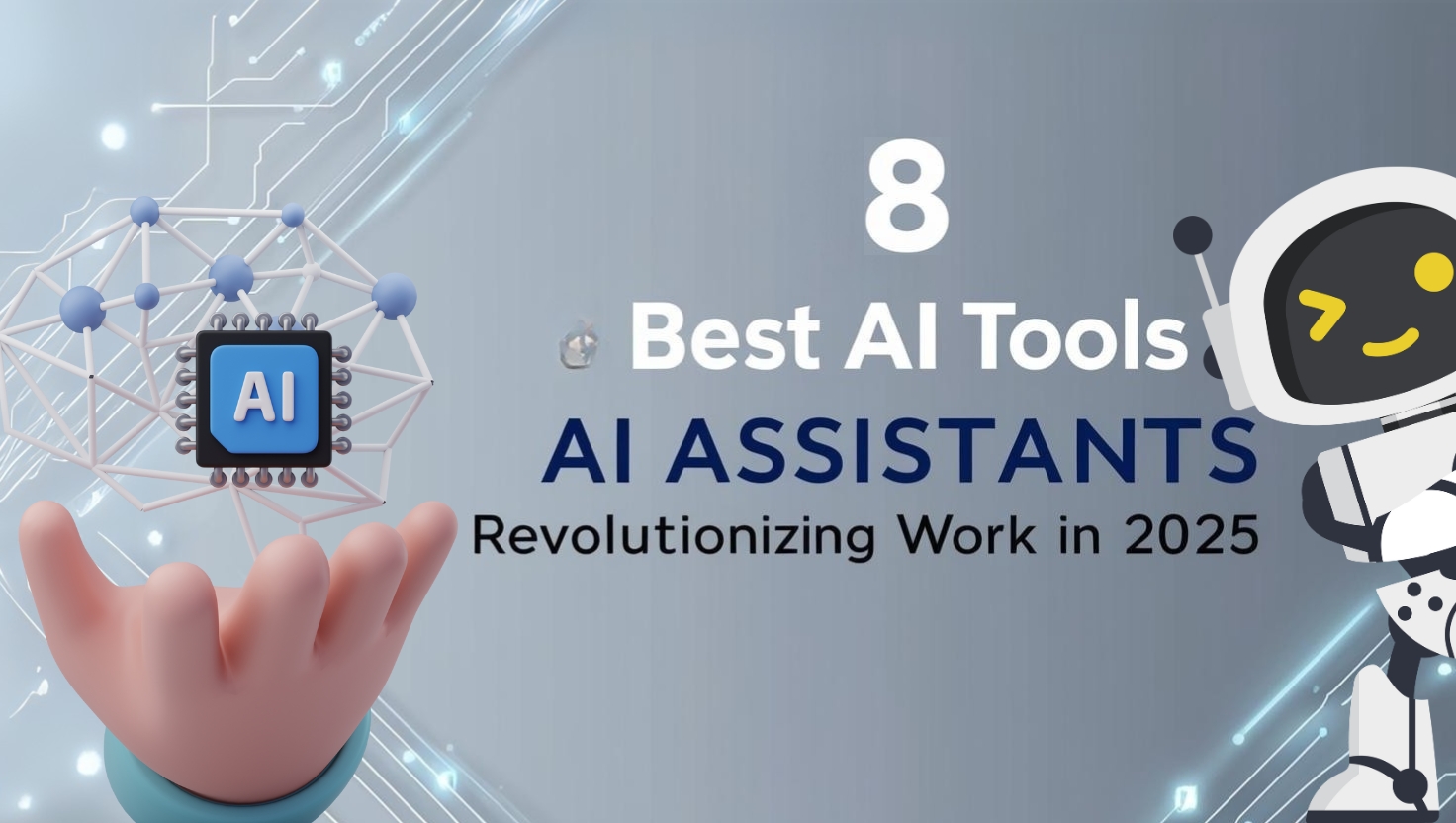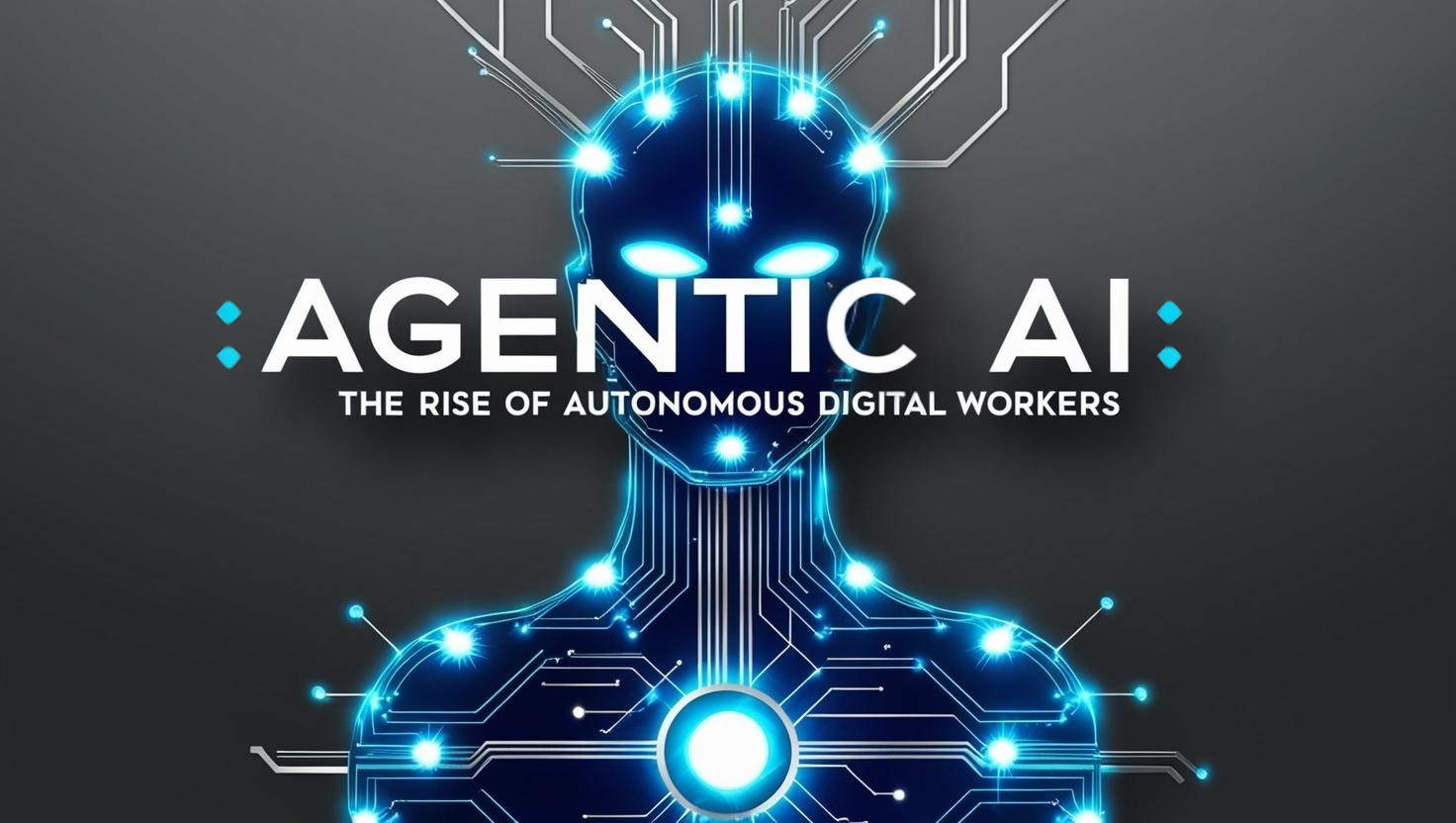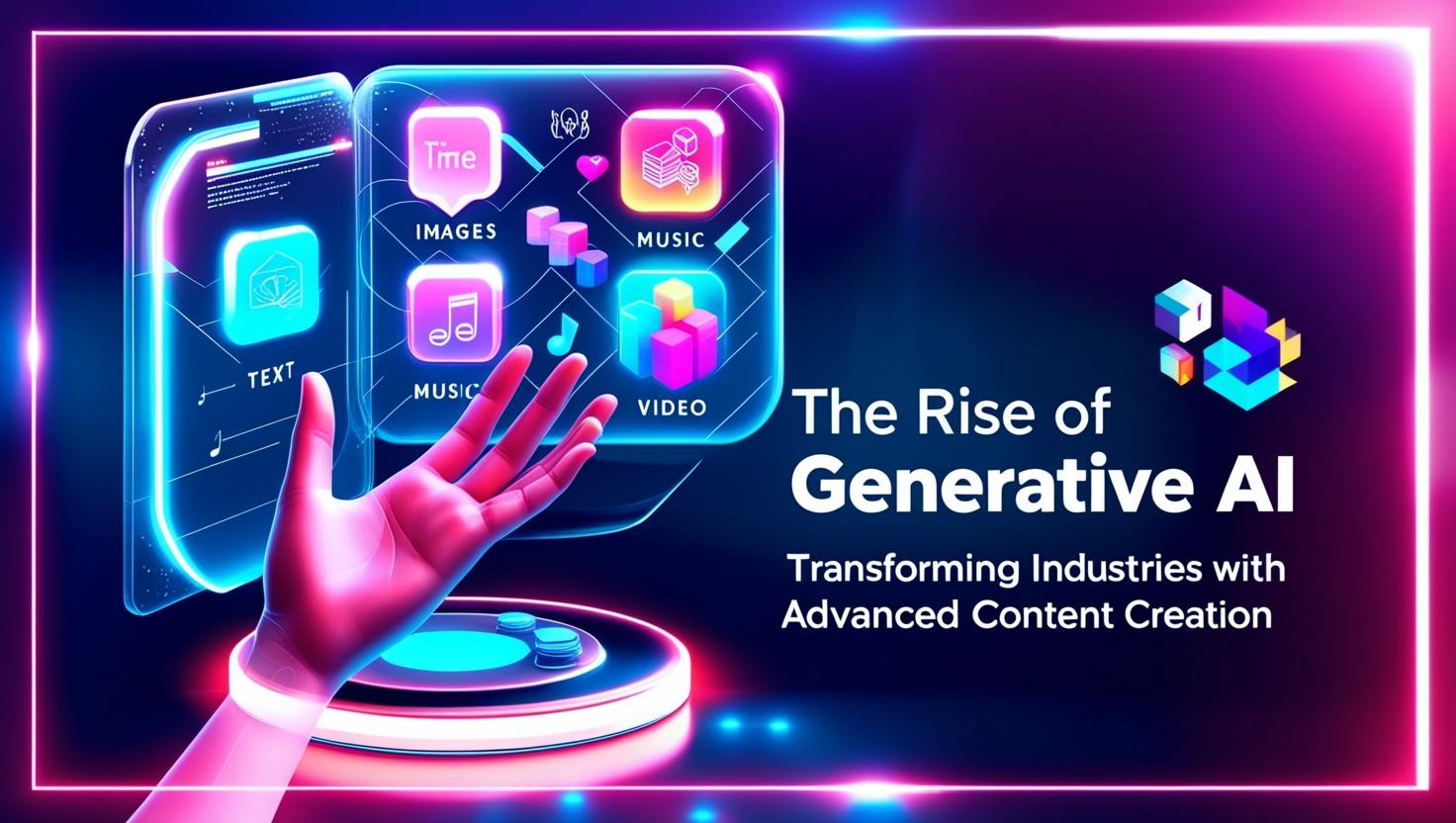Introduction: The New Frontier of Cybersecurity
The cybersecurity landscape in 2025 is defined by an escalating arms race between attackers wielding AI-driven tools and defenders deploying equally advanced countermeasures. Cybercrime costs are projected to exceed $8 trillion annually, driven by AI-powered ransomware, deepfake-driven social engineering, and state-sponsored attacks targeting critical infrastructure. In this high-stakes environment, AI-driven cyber defense has emerged as the cornerstone of modern security strategies, enabling organizations to predict, detect, and neutralize threats faster than ever before.
The AI Arms Race: Attackers vs. Defenders
AI’s dual role in cybersecurity—as both a weapon and a shield—has reshaped the battlefield. While attackers leverage generative AI to create polymorphic malware and hyper-personalized phishing campaigns, defenders employ machine learning to analyze petabytes of data, identify anomalies, and automate responses. For example:
- Adversarial AI: Cybercriminals use AI to bypass traditional defenses, such as creating malware that mutates its code to evade detection.
- Defensive AI: Security teams deploy AI-powered SOCs (Security Operations Centers) that predict zero-day exploits and neutralize threats in milliseconds.
Key Components of AI-Driven Cyber Defense
1. Predictive Threat Intelligence
AI analyzes historical data and global threat feeds to forecast attacks before they occur. For instance, Darktrace’s AI models detect subtle deviations in network behavior, flagging ransomware encryption patterns in real time.
2. Automated Incident Response
Machine learning enables autonomous systems to isolate compromised devices, revoke access, and deploy patches without human intervention. Gartner estimates that by 2025, 60% of incident response workflows will be AI-driven.
3. Behavioral Analytics for Insider Threats
AI monitors user activity to detect anomalies, such as unauthorized data access or compromised credentials. Microsoft’s Zero Trust frameworks now integrate AI to continuously verify identities and device health.
4. AI-Enhanced Zero-Trust Architecture
Zero Trust models are evolving with AI to dynamically assess context (e.g., user location, device integrity) and enforce granular access controls. This minimizes risks from supply chain attacks and IoT vulnerabilities.
Real-World Applications of AI in Cybersecurity
- Critical Infrastructure Protection: AI systems guard power grids by simulating attack scenarios and identifying cascading failure points. For example, an AI could analyze years of operational data to preemptively block grid overloads.
- Healthcare Defense: Hospitals use AI to detect deepfake-driven fraud and secure IoT medical devices. In 2024, 39% of UK businesses faced attacks targeting interconnected systems.
- Financial Sector Resilience: Banks deploy AI to combat AI-generated phishing emails, reducing false positives by 90% through natural language processing.
Challenges and Ethical Considerations
While AI-driven defense offers unparalleled advantages, it introduces new risks:
- Adversarial Attacks: Hackers poison training data to manipulate AI decision-making.
- Bias in Models: Flawed datasets can lead to false positives/negatives in threat detection.
- Regulatory Compliance: The EU’s AI Act mandates transparency and human oversight for high-risk systems, complicating global deployments.
Building a Future-Ready Defense: Actionable Strategies
- Adopt AI Governance Frameworks: Balance autonomy with human oversight to ensure ethical AI use.
- Invest in Cyber Ranges: Simulate AI-driven attacks using platforms like CybExer to train response teams.
- Strengthen Public-Private Partnerships: Collaborate on threat intelligence sharing and federated learning models.
- Prepare for Quantum Threats: Integrate quantum-resistant encryption to safeguard against future attacks.
Conclusion: Securing Tomorrow’s Digital Ecosystem
The rise of AI-driven cyber defense marks a paradigm shift in how organizations combat threats. By leveraging predictive analytics, autonomous response systems, and collaborative frameworks, businesses can stay ahead of adversaries. However, success hinges on continuous innovation, workforce upskilling, and ethical AI governance.
For further insights, refer to the sources cited in CybersecAsia, Forbes, and Darktrace.


